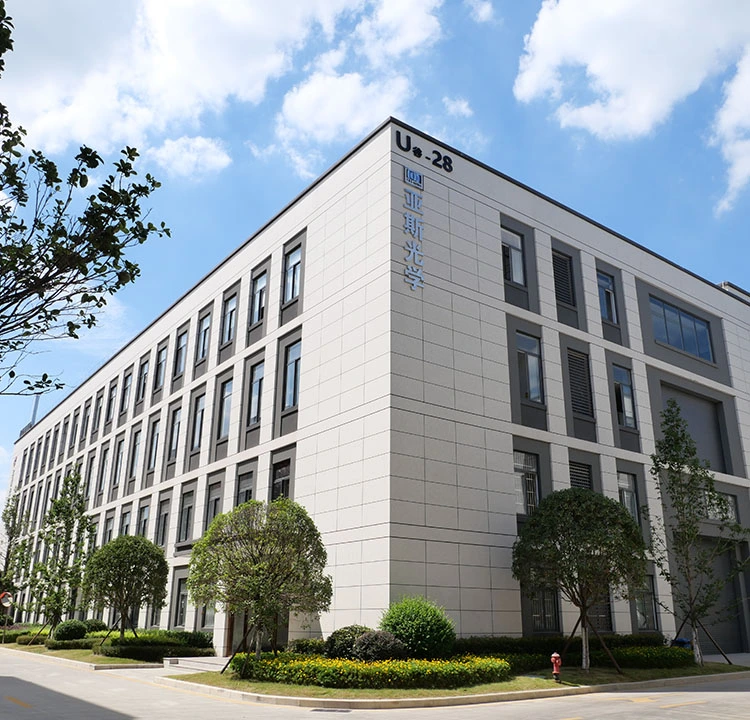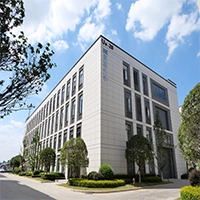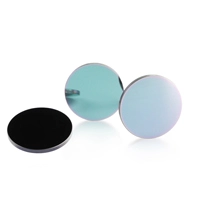May 13-2024
Advanced optical components are the core parts that determine the performance level of high-end equipment. Researching ultra-precision processing technology and equipment development for advanced optical components is of positive significance for implementing the strategy of manufacturing a strong country and meeting the needs of the high-end equipment industry.
Typical applications of advanced optical components, such as aerospace optical components, include high-resolution earth observation systems, large astronomical telescopes, X-ray telescopes, laser nuclear fusion devices, synchrotron radiation devices, and other large scientific devices, as well as UV / extreme UV lithography machines, precision inertial devices, aircraft optical seekers, consumer electronic products, and medical equipment. The continuous improvement in the service capabilities of major equipment imposes higher performance requirements on aerospace optical components and other advanced optical components. The traditional design and manufacturing concepts focusing only on geometric dimensional tolerances are no longer able to meet the manufacturing needs of high-performance optical components. The ultra-precision manufacturing of advanced optical components faces technological challenges.
There is an urgent market demand for optical components with extremely large sizes, extremely small sizes, and extremely high precision: large-diameter aspherical optical components are widely used in remote sensing satellites, space telescopes, ground-based astronomical telescopes, and other precision optical systems, with single primary mirror diameters of 3~7 meters; micro-structured optical functional components are widely used in three-dimensional imaging, optical focusing, measurement, cooling, drag reduction, wetting, etc., with corresponding structural sizes reaching micro/nano levels.
The performance of optical components in laser nuclear fusion devices and aircraft optical seekers depends not only on geometric accuracy but also significantly on changes in the physical, chemical, and mechanical properties of the surface material. Using processing accuracy as a single evaluation indicator is no longer sufficient to meet the manufacturing requirements of high-performance optical components. It is necessary to comprehensively evaluate processing quality using both geometric accuracy and surface integrity indicators.
The stringent service conditions and extremely high-performance requirements of advanced optical components call for urgent innovations in optical manufacturing technology. The complex surface shapes, diverse and refined surface structures of advanced optical components demand higher processing efficiency and quality, as well as green and low-carbon environmental requirements.
Driven by the needs of high-end optical systems, significant progress has been made in processing efficiency and accuracy for components with complex surface shapes or difficult-to-process materials. The derivative advanced optical component products are being applied more widely in general fields.

May 13-2024


